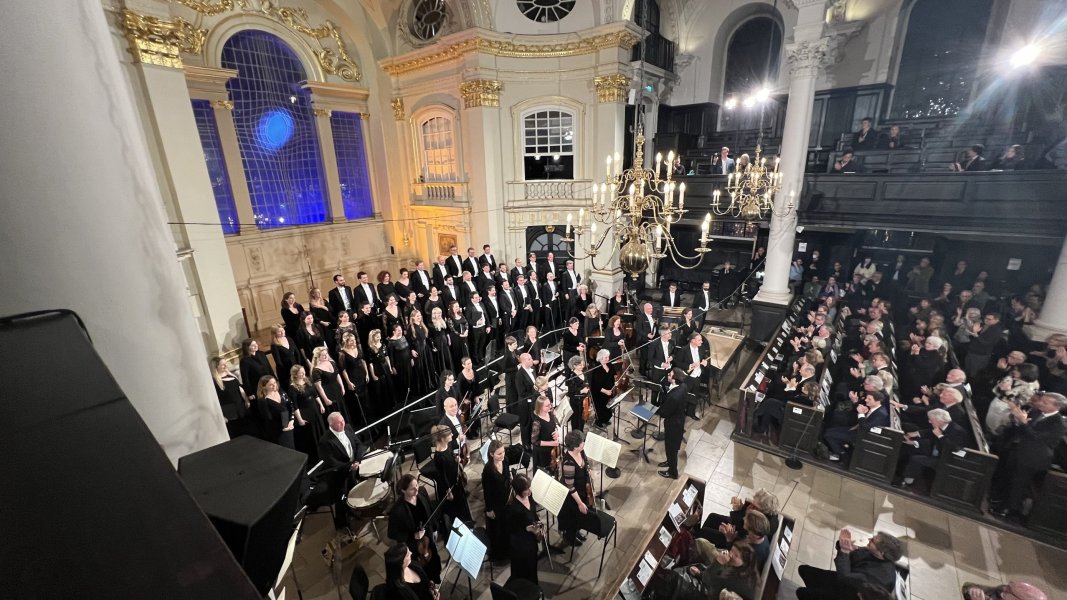The reason is because people living in smaller spaces with less disposable income, and many people with money and space and interest in music but not hifi, prefer smartspeakers and other devices that provide far better dispersion than hifi. The single biggest factor that rules hifi out for the vast majority of people is the limitation to a fixed listening position reserved for one person.Watts became cheaper, transistors also cheaper than valves, small speakers cost less in materials than larger speakers and a highly polished aluminium face plate will add several thousands in profits as well. The business, led by the quest for ever greater profit, will (IMHO) end up ending it (why would young people spend £100’s of thousands on mediocre-sounding audio esoterica instead of a house, or business? ).
We were at the Palais Garnier in Paris in October 2017 when Devialet opened a demo space to the left of the main foyer for their Reactor speaker, a smaller version of the Phantom speaker. We went to a show and returned the next morning (we were passing) for a listen. I was amazed. It was an octagonal room about 11m across and a single €1,000 unit could throw the sound across the space with no apparent point source and no apparent dips in the sound level wherever you stood in the room. When the product was released a few months later we bought a couple of them and my wife has been using it almost daily ever since.
Attempting to defeat the 'religion' of two channel is tilting at audiophile windmills.
Appreciating what can be done with a highly dispersive speaker to fill a room with sound, as opposed to a 2-channel image at a single point, when I built my music room I installed both a conventional 2-channel stereo system and a 6-unit ceiling system. The latter is hifi quality, with an excellent frequency response and streams at up to 24/192 PCM. The dispersion is so good it is impossible to detect as a point source. It is often preferable to the 2-channel system.








